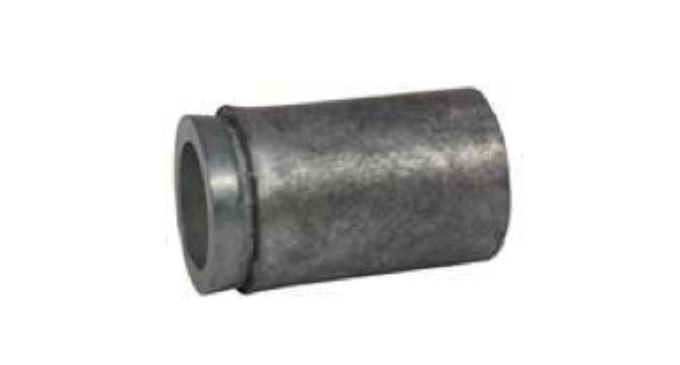Reducing Lead Impact

February 11
13:21
2019
The following is a press release provided to GlobalFastenerNews.com. Contact the individual company for additional information.
Concrete fasteners have successfully adapted to meet the ever-changing regulations related to protecting the environment. While maintaining their original design concepts, anchors have evolved over the decades to offer improved safety and upgraded support for conservation concerns.
The original lead anchors utilized lead tape because lead was easily melted and poured into molds. Once in a solid state, the lead would be pliable to fit the contour of the base material for shaping and expansion. After the hole was drilled in the concrete, the lead tape was cut off a roll to be inserted tightly in the hole. A sheet metal screw was then inserted into the hole and turned clockwise, pushing the lead tape outward and holding the screw tight in the hole. The basic principle of the lead anchors has always been to drill a hole and fill it with more material than was removed. This creates expansion forces, friction and, ultimately, holding values.
Over time, there arose concerns over the impact of lead in the environment. In order to manufacture an environmentally safer product, Zamac was used to replace the lead. Zamac can be easily poured into molds and also creates an anchor that is rust resistant.
The evolution of the lead type anchor has led to fasteners that are easily manufactured and provide excellent, consistent holding values in a variety of base materials. Most of the modern type of anchors made from Zamac can be used in solid concrete, brick, block or mortar joints, and are summarized below:
Types of Anchors
Hammer Drive
· Manufactured from Zamac
· Made from two parts, the anchor body and nail, which are permanently assembled
· Head of the anchor body is oversized for excellent bearing surface against the item being fastened
· Available in two diameters of 3/16” and 1/4”
· Available in different lengths to allow the different thickness of material to be fastened
· Minimum embedment depth for all lengths of anchors is 1”
Machine Screw Anchor
· Requires the use of a setting tool for expansion and a bolt with national coarse threads
· Designated diameter of the anchor is equal to the bolt diameter that is inserted into it
· Available in diameters from 1/4” to 3/4”
Lag Shield
· Made from two pieces that are permanently attached to each other
· A screw with lag threads must be used to ensure that the anchor is properly expanded
· Minimum embedment is equal to the length of the anchor being installed
· Diameter of the screw used is equal to the designated diameter of the lag shield being used
· Lag shields come in two lengths for each diameter: short lag shield is for use in a hard base material; long version is for applications where the base material is soft or suspect
Single Expansion
· Works well in a dense hard base material
· Two pieces are held together by an expansion ring
· Threaded bolt with national coarse threads is used to expand the anchor and must be embedded in the base material a minimum distance equal to the length of the anchor being installed
· Manufactured in six diameters from 1/4” to 3/4”
· Designated diameter equal to the bolt diameter inserted into it
Double Expansion
· Perfect for applications where the base material is soft or suspect because the anchor expands along its entire length and provides consistent holding values
· Anchor length equals minimum embedment depth
· Available in diameters of 1/4”, 5/16”, 3/8”, 1/2”, 5/8” and 3/4”
Concrete Fastening Systems, Inc. has over four decades of experience with concrete fasteners, which now can be purchased direct from the manufacturer at http://www.confast.com
Orders are shipped on the same business day they are received.


There are no comments at the moment, do you want to add one?
Write a comment